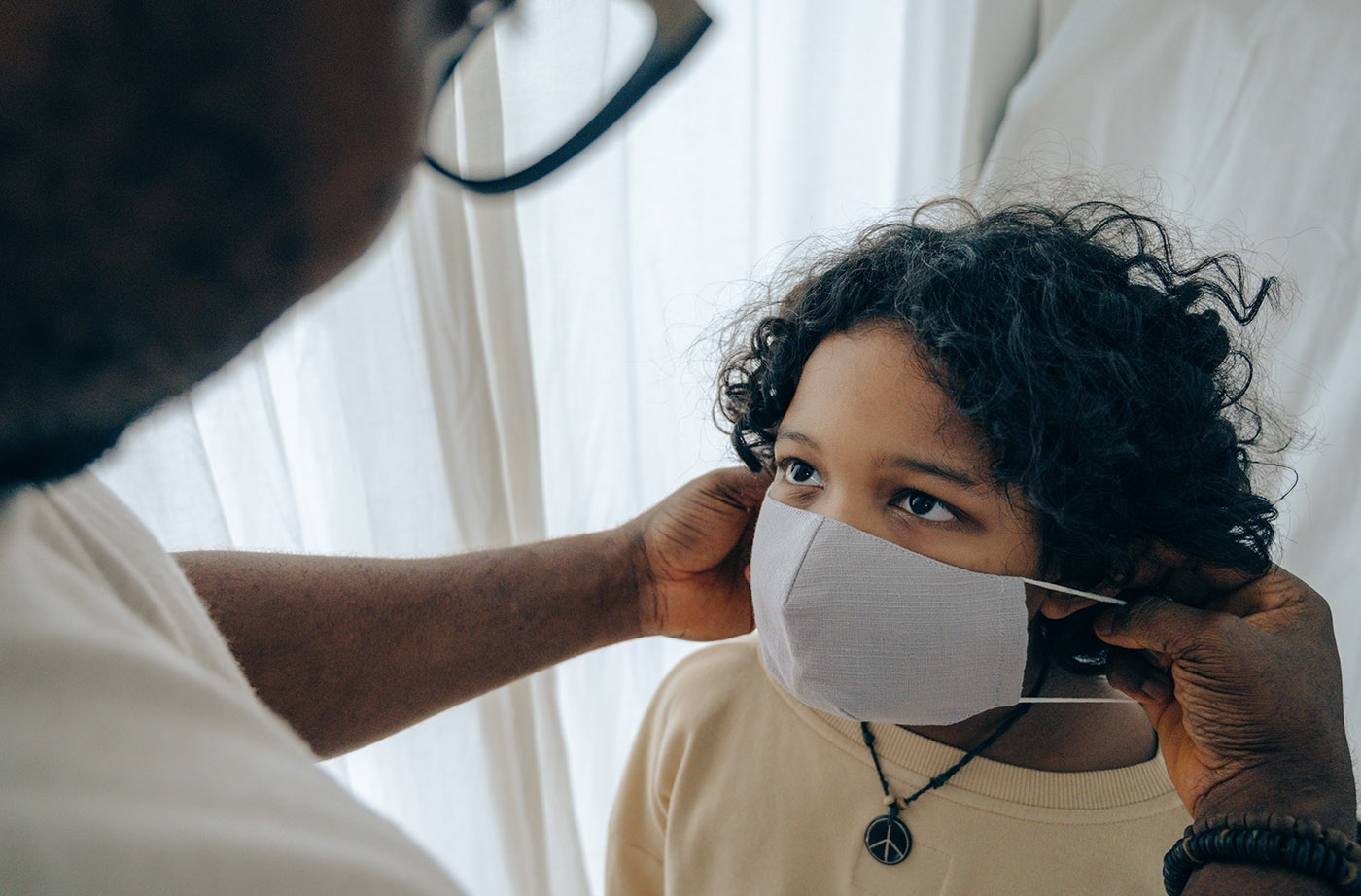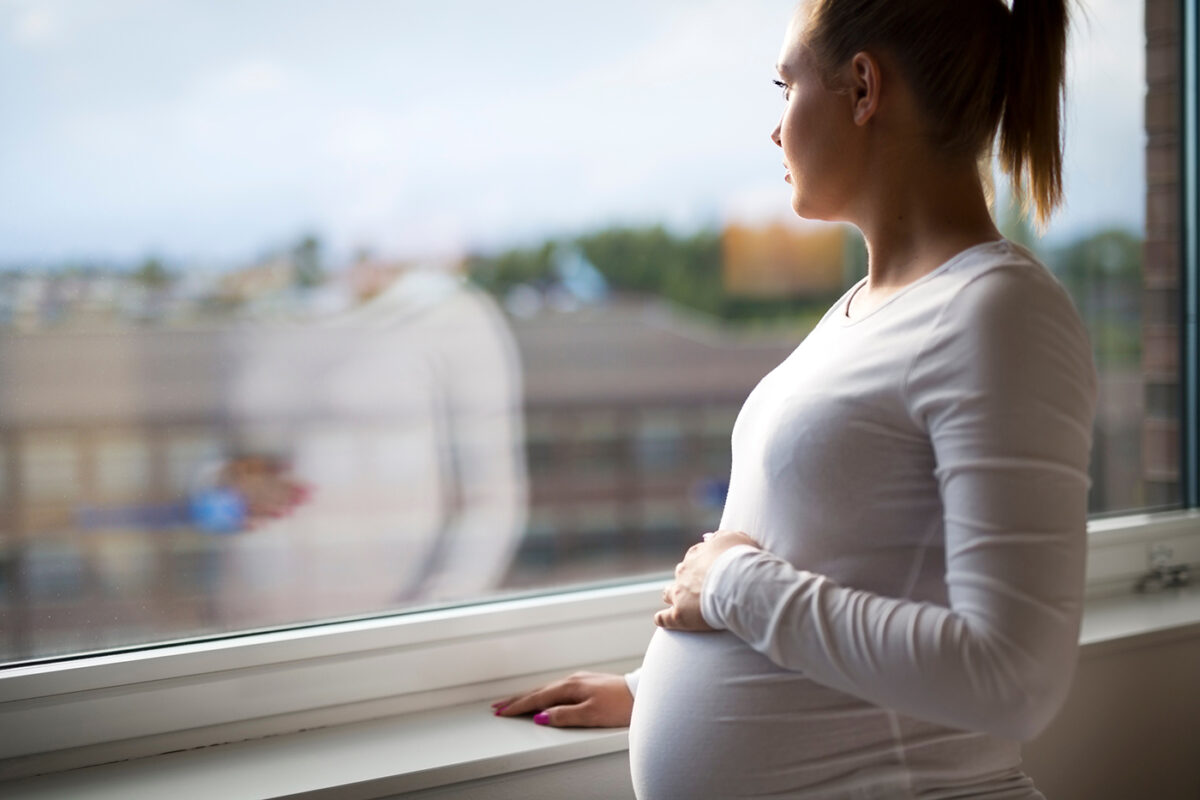
We enhanced our COVID-19 in Arkansas web page today (Aug. 20) with the addition of trend information on new cases in Arkansas’s public school districts.
Previously, the page provided cumulative and active case counts within the geographic boundaries of school districts, as well as community-level case counts and testing rates by school district. Beginning today, we have replaced active cases per district with new cases per district, displayed as the rate of new cases over the past two weeks per 10,000 people who live in the district. To show trends over time, we also display the 14-day rates from the previous three weeks.
“With schools across the state opening next week, we are providing this information to help inform parents and decision makers about the local level of risk,” said ACHI President and CEO Dr. Joe Thompson. “Tracking the direction in which new infections are trending will provide useful information about whether the risk is increasing or decreasing in a district.”
Rates of new cases by district are color-coded to signify risk levels. Rates that indicate the highest level of risk ― a 14-day new case rate of 50 or more per 10,000 people ― are shown in red.
We also have updated our school district- and community-level data. The data are now current as of Aug. 17. We plan to provide weekly updates.
We are providing the information in partnership with the Arkansas Department of Health, the Arkansas Department of Education, and the Arkansas GIS Office. Population estimates for school districts are from the U.S. Census Bureau’s American Community Survey for 2014‒2018.
Case counts include both children and adults. Community counts do not include incarcerated populations. School district counts do not include cases among incarcerated populations or in nursing homes. Counts are not given for districts or communities with fewer than 10 cases, to minimize the risk of identifying individuals.






